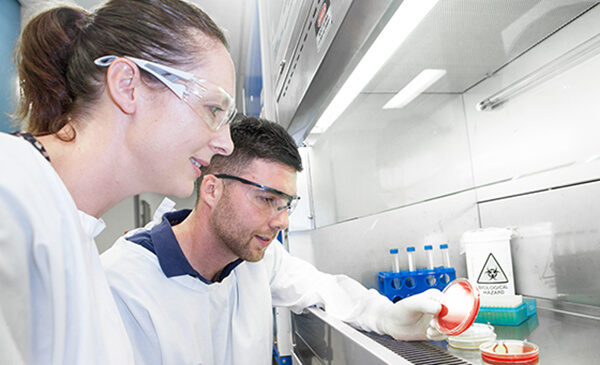Pathology is the cornerstone of patient diagnosis and underpins the Australian healthcare system as a whole. Due to its hardworking teams of pathologists, laboratory managers, technicians and assistants, medical scientists, pathology collectors, and couriers who transport the samples, pathology greatly improves the Australian healthcare system. In turn, patients accessing the services are better able to live healthier lives.
Access to pathology tests is vital for individual patient care and optimising health outcomes. It also allows for cost-effective decisions to be made in disease prevention and in combating diseases before they become chronic or life-long. It is a highly utilised service, with around half the Australian population undergoing at least one pathology test every year.
Australia’s pathology workforce consists of around 35,000people who collect, process and report on a huge 500 million pathology tests each year.
Pathology is not only valuable in investigating diseases, but also in screening for such diseases regularly. National screening programmes such as the National Bowel Cancer Screening Program (NBCSP), or the National Cervical Screening Program (NCSP) have successfully reduced the rates of severe bowel cancer and cervical cancer in the Australian population. For example, regular Cervical Screening Tests (CSTs) in Australia have massively reduced the incidence of cervical cancer by at least 50% in women over the age of 25.
Investing in pathology gives significant returns to the population. Quick turnaround times for pathology investigations means pathology teams can utilise test results to faster make decisions about the next steps of a treatment pathway, increasing healthcare sector productivity and minimising the impact of an illness on a patient’s life. Pathology services in Australia are amongst the highest quality and the most accessible in the world for patients.
The value of pathology testing throughout the COVID-19 pandemic
Since the beginning of the pandemic, the value of pathology has never been more abundantly clear to both the general public and healthcare workers. PCR testing (polymerase chain reaction) allows pathology teams to test for the COVID-19 virus via a simple swab, and genomic testing is used to identify new strains of the virus as they develop and to track which variants are spreading in the community.
As a result of the pandemic, there has been investment in pathology testing technology and infrastructure. This can also be used to test for a number of other diseases, holding huge value looking toward the future of pathology testing.
Clinical value of pathology tests
Pathology tests hold significant value to the Australian healthcare sector and to healthcare practitioners in disease diagnosis and monitoring. Pathology tests are associated with more than 70% of clinical diagnosis, including all cancer diagnoses. Further to that, 20% of pathology tests that are requested serve the purpose of monitoring and managing disease, allowing healthcare practitioners to make treatment decisions based on pathology test results. These pathology tests can also help determine whether treatments such as drug therapies are working for the patient. Of all tests ordered, 13% of pathology tests are used for this purpose.

